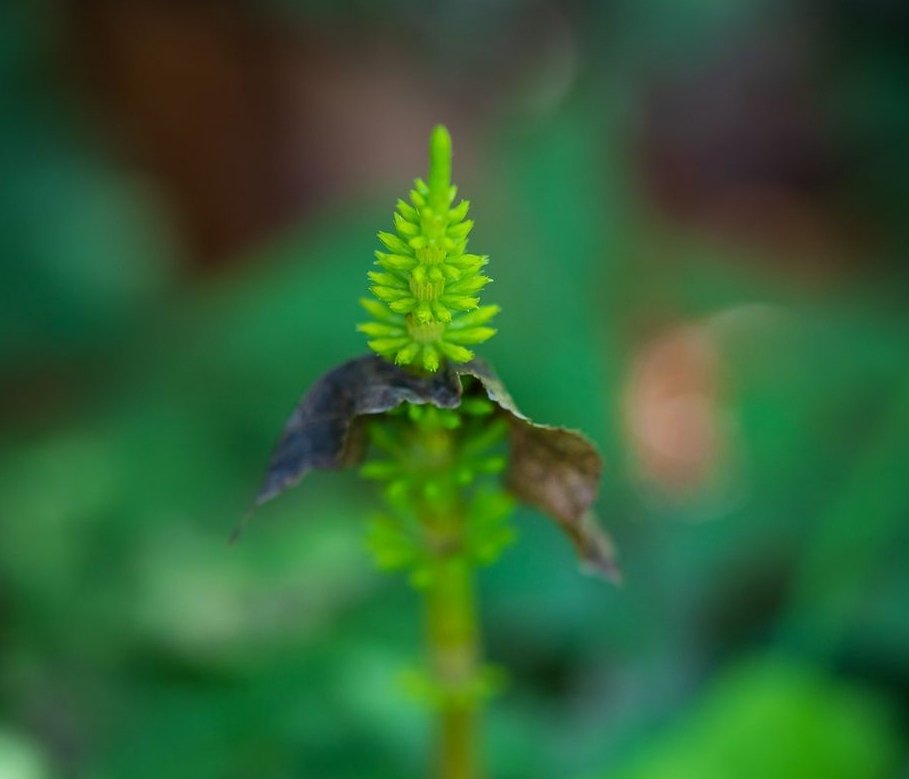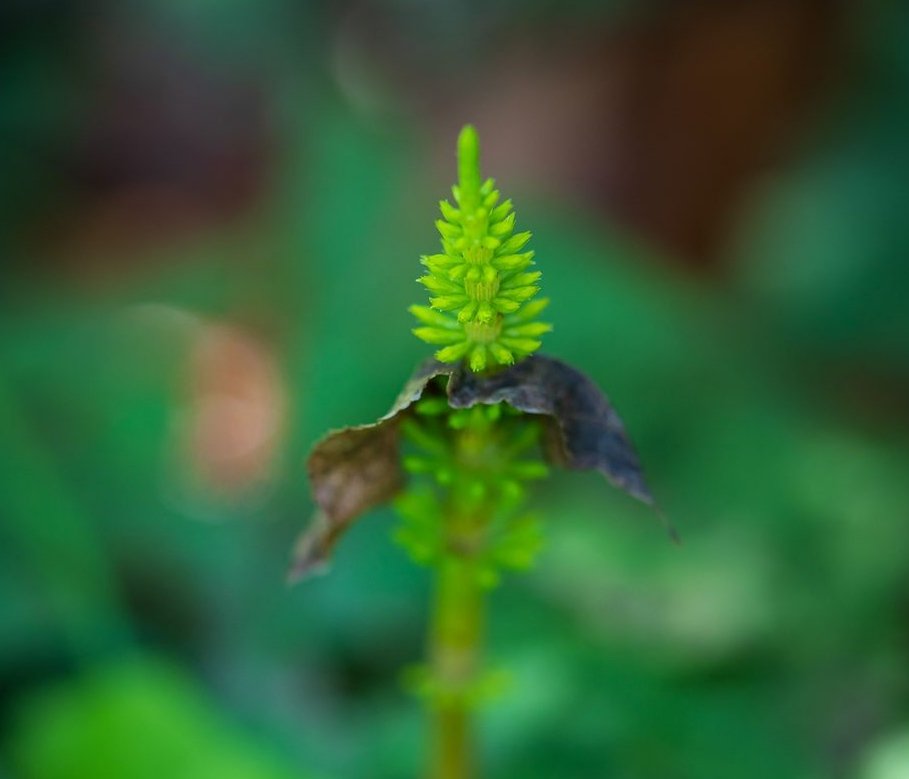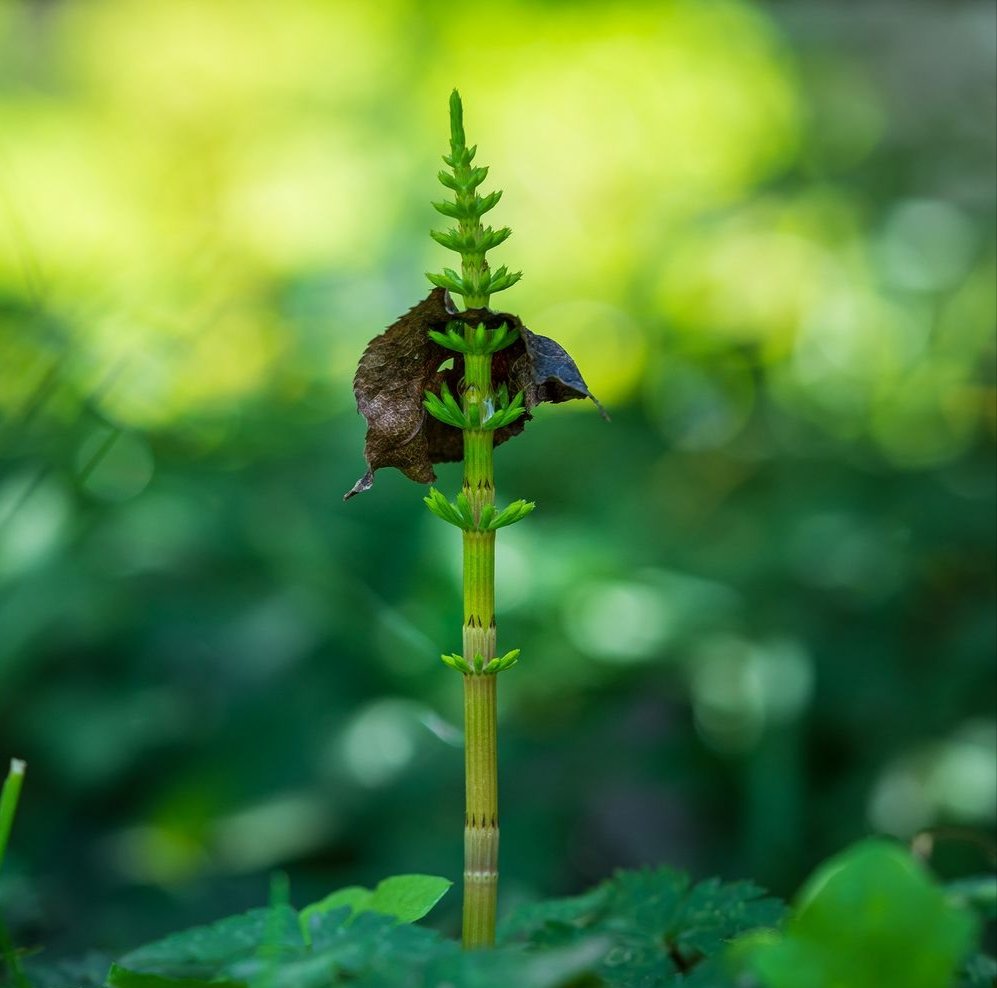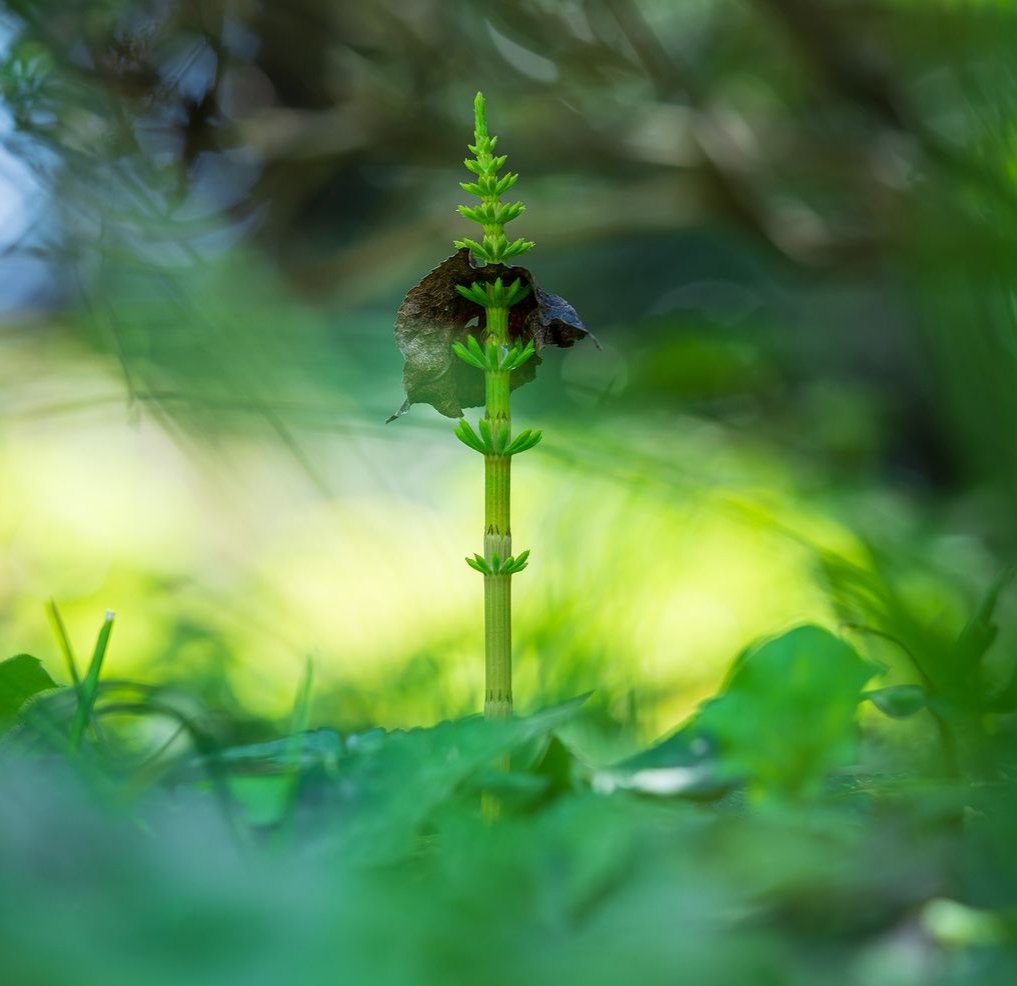Field Horsetail Flower Wonderful
0 comments
Field horsetail, also known as Equisetum arvense, is a fascinating and ancient plant that has captured the curiosity of botanists and herbalists alike for centuries. Belonging to the Equisetaceae family, it's one of the surviving species of a group of plants that dates back to the prehistoric era, commonly referred to as "living fossils."
Physical Characteristics:Field horsetail is easily recognizable by its unique appearance, resembling a miniature green horsetail or a bottlebrush. It typically grows in moist, sandy soils, often found along riverbanks, ditches, and other wet areas. The plant consists of jointed stems, which can reach heights of up to 60 centimeters , though they're often shorter. These stems are hollow and segmented, resembling bamboo shoots, and are surrounded by rough, black sheaths.
Reproductive Strategy:One of the most intriguing aspects of field horsetail is its reproductive strategy. Unlike most plants, it reproduces not only through spores but also via underground rhizomes. The spores are produced in cone-like structures called strobili, which appear at the tips of the stems in spring. When mature, these cones release spores, allowing the plant to spread and colonize new areas. Additionally, the underground rhizomes enable field horsetail to form dense colonies, further aiding in its propagation.
Ecological Role:Field horsetail plays an important ecological role in its habitat. Its extensive rhizome system helps stabilize soil and prevent erosion, making it valuable in riparian areas prone to flooding. Additionally, its presence can indicate certain soil conditions, such as high moisture levels or the presence of certain minerals. While some consider it a weed due to its aggressive growth habit, it also provides habitat and food for various insects and other small organisms.
Historical and Cultural Significance:Throughout history, field horsetail has been valued for its medicinal properties and practical uses. Ancient civilizations, including the Greeks and Romans, used it to treat various ailments, such as wounds, ulcers, and kidney problems. Its high silica content also made it useful for polishing metal and wood. In traditional herbal medicine, it has been employed as a diuretic, astringent, and anti-inflammatory agent, though modern scientific evidence supporting these uses is limited.





Comments